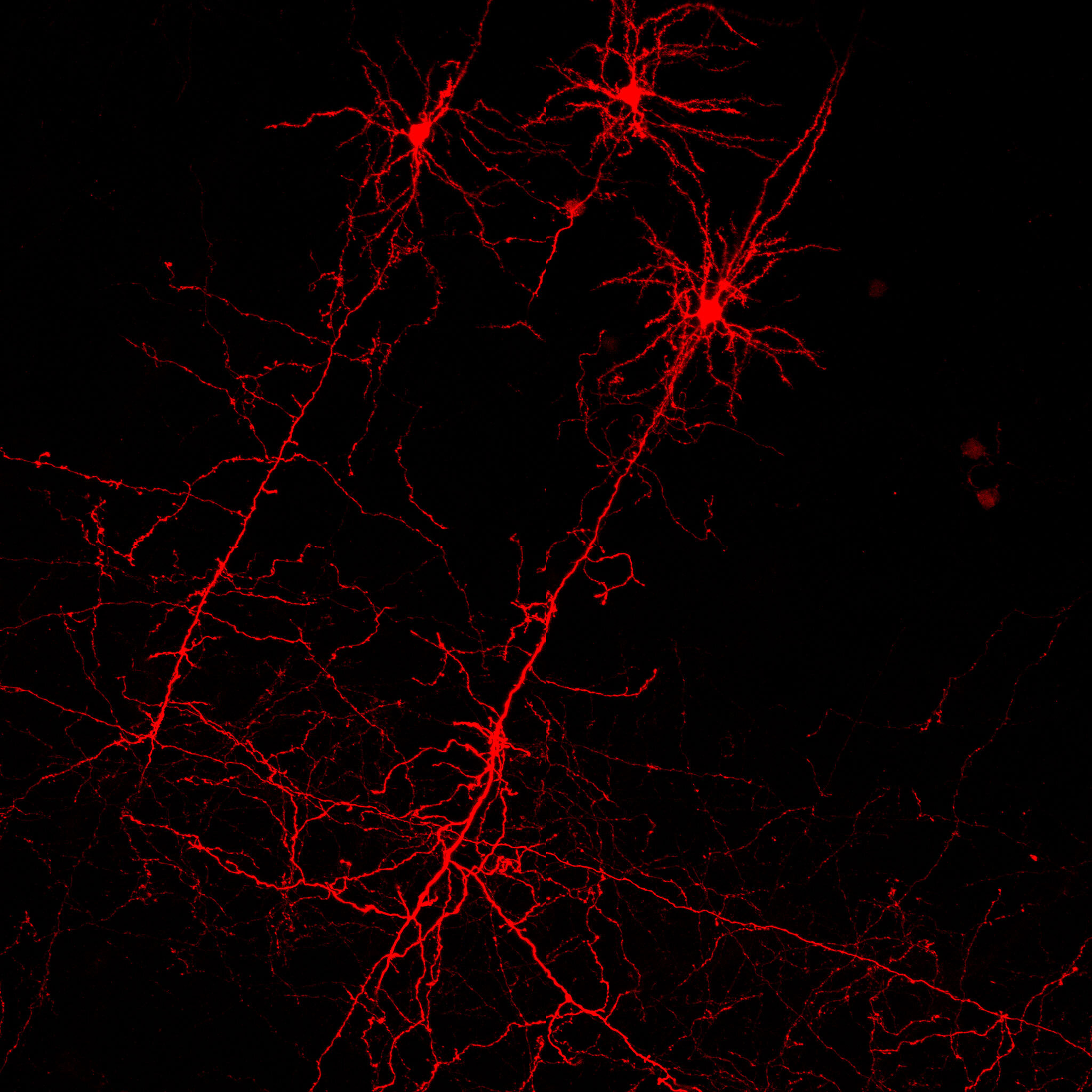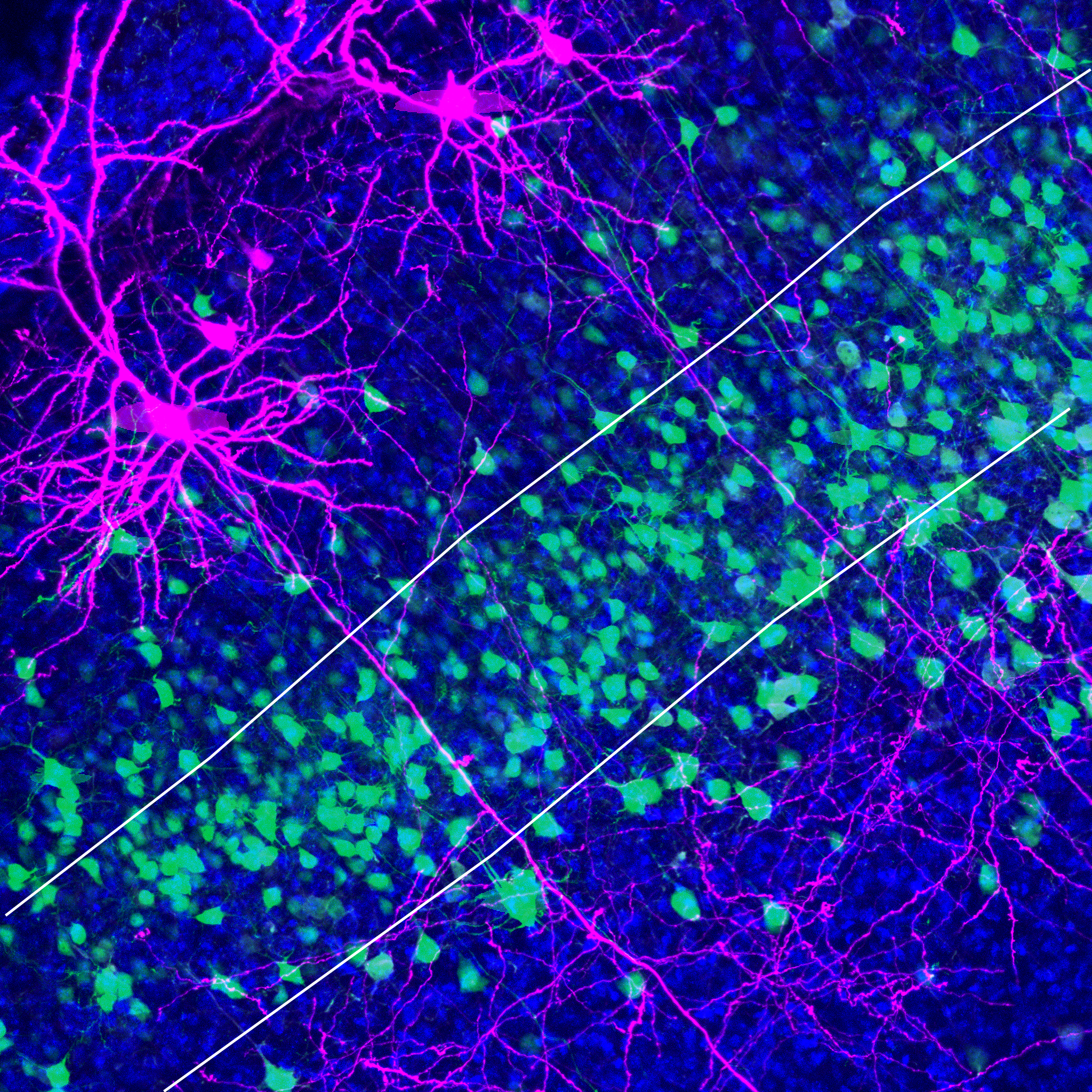Regulation of Laminar Connectivity in the Neocortex
Laminar, or layered, organization of neurons and their axons and dendrites is a common feature of many neural systems, and it is critical for bringing pre- and post-synaptic partners into correct arrangement for neural circuit formation and function. Though much is known about how neuronal cell bodies become localized to specific neocortical layers, to date little is known about how axons and dendrites of excitatory cortical neurons are directed to extend into some laminae, and to avoid others. We have developed approaches that allow us to selectively label small subsets of excitatory cortical neurons and also to alter gene expression and function in these neurons. Importantly, we are able to separate how perturbations affect neuronal cell body migration from those that influence axon and dendrite targeting to specific cortical layers. Thus far, we have characterized in great detail the temporal and spatial patterns of axon branching, in particular focusing on collateral axon branches that extend into specific cortical laminae from the main axon branch of excitatory neurons. We have identified cytosolic proteins that influence cytoskeletal dynamics and alter laminar-specific axon branching patterns, and we are currently investigating various ligands and receptors that also may be important for regulating neuronal process extension into specific cortical layers. Taken together, this line of investigation has the potential to uncover principles of neocortical circuit elaboration and function.







